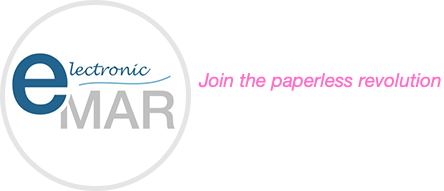Creating a successful caregiver training program involves meticulous planning and an understanding of the specific needs and goals of the participants. Here is a structured approach to developing a training program for caregivers:
1. Define Training Objectives:
Start by pinpointing the precise needs of the caregivers and determining what aspects of training would be most beneficial to them. This step is important for designing a curriculum that not only aligns with their professional goals but also helps them with the essential tools and resources.
2. Understand Your Audience:
Gaining a deep understanding of the caregivers’ backgrounds—such as their prior experiences and preferred learning styles—is key to crafting an effective training program. Make sure the program is designed to be accessible to beginners.
3. Select the Right Training Format:
Adopt a hybrid training model that combines in-person sessions, online modules, and interactive workshops. This approach caters to various learning styles and enhances the learning experience.
4. Communicate Clearly:
Clarity in training materials is important. Ensure that all content is straightforward and easy to understand. Avoid the use of unnecessary jargon or overly technical terms that could confuse learners.
5. Incorporate Practical Experience:
Add simulations and real-world scenarios where trainees can apply their knowledge in a controlled, supportive environment. This practice not only reinforces learning but also encourages trainees to interact with instructors and peers to clarify doubts and learn from mistakes. For instance, during electronic medical record systems training, set up simulation sessions that mimic typical scenarios caregivers might face in their day-to-day work. These could involve entering medication orders into the electronic mar (eMAR) system, responding to alerts for potential drug interactions, and updating patient medication charts under time constraints. Such simulations help trainees understand the practical application of digital tools in a real-world setting and build their confidence in handling the technology efficiently and accurately.
6. Assess and Evaluate:
Continuous evaluation of the training program is essential to assess its effectiveness and the skill level of participants. Implement tools such as surveys, direct assessments, and focus groups to collect constructive feedback. This data is crucial for identifying strengths and areas for improvement. For example, after eMAR chart training sessions, use practical assessments to evaluate their proficiency in using the eMAR system effectively. This feedback is important for identifying strengths and pinpointing areas that are important. This data also helps in refining the training program to better meet the needs of the caregivers and the operational demands of the care home.
7. Continuously Update the Program:
Regularly update the training content based on the feedback from participants and changes in caregiving standards and practices. For instance, if new regulations are implemented regarding safe medication administration, the training program must be revised to include these updated guidelines and best practices.
Adopting a dynamic approach to curriculum development can help your care home facility stay ahead of the curve and adapt to any changes in the healthcare industry.







